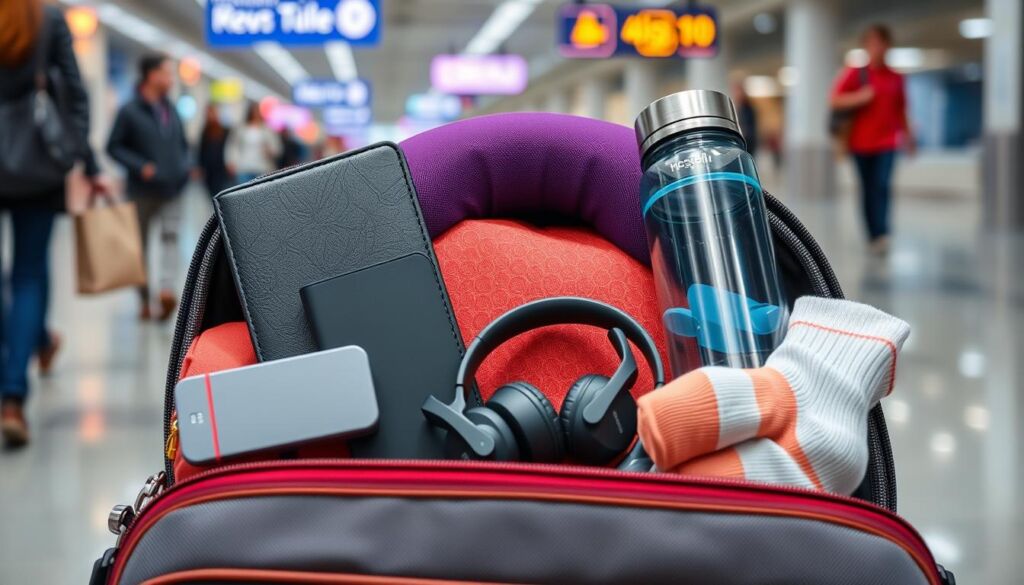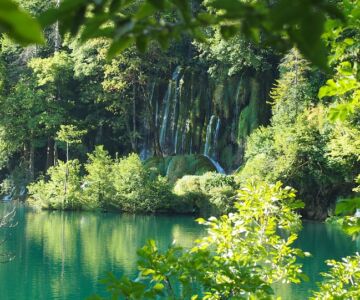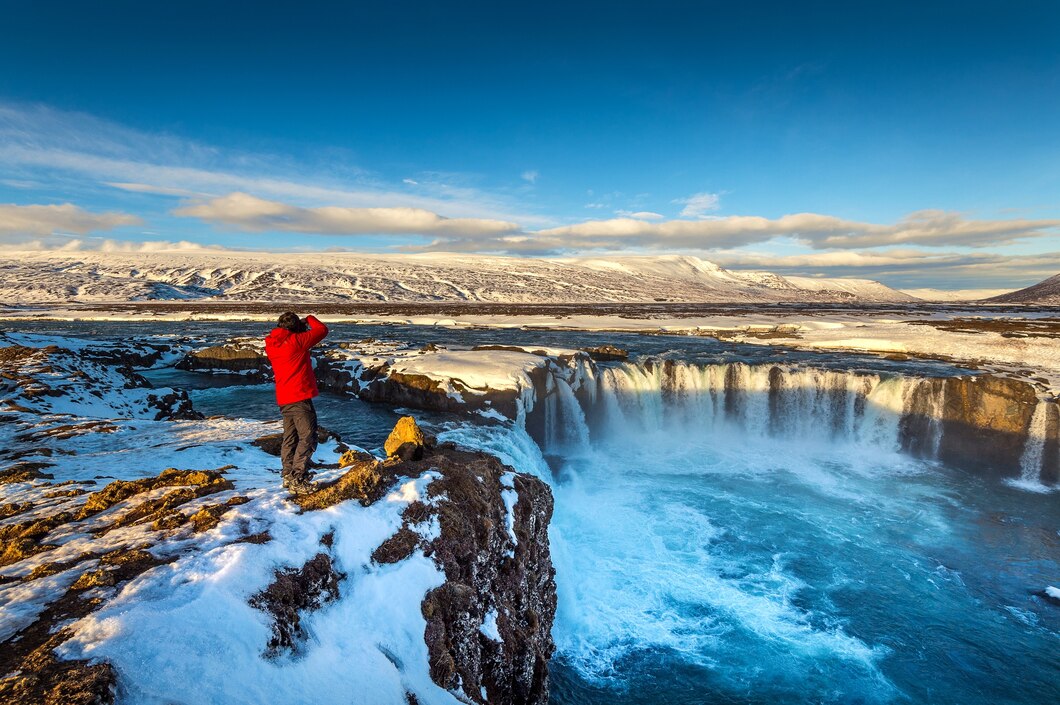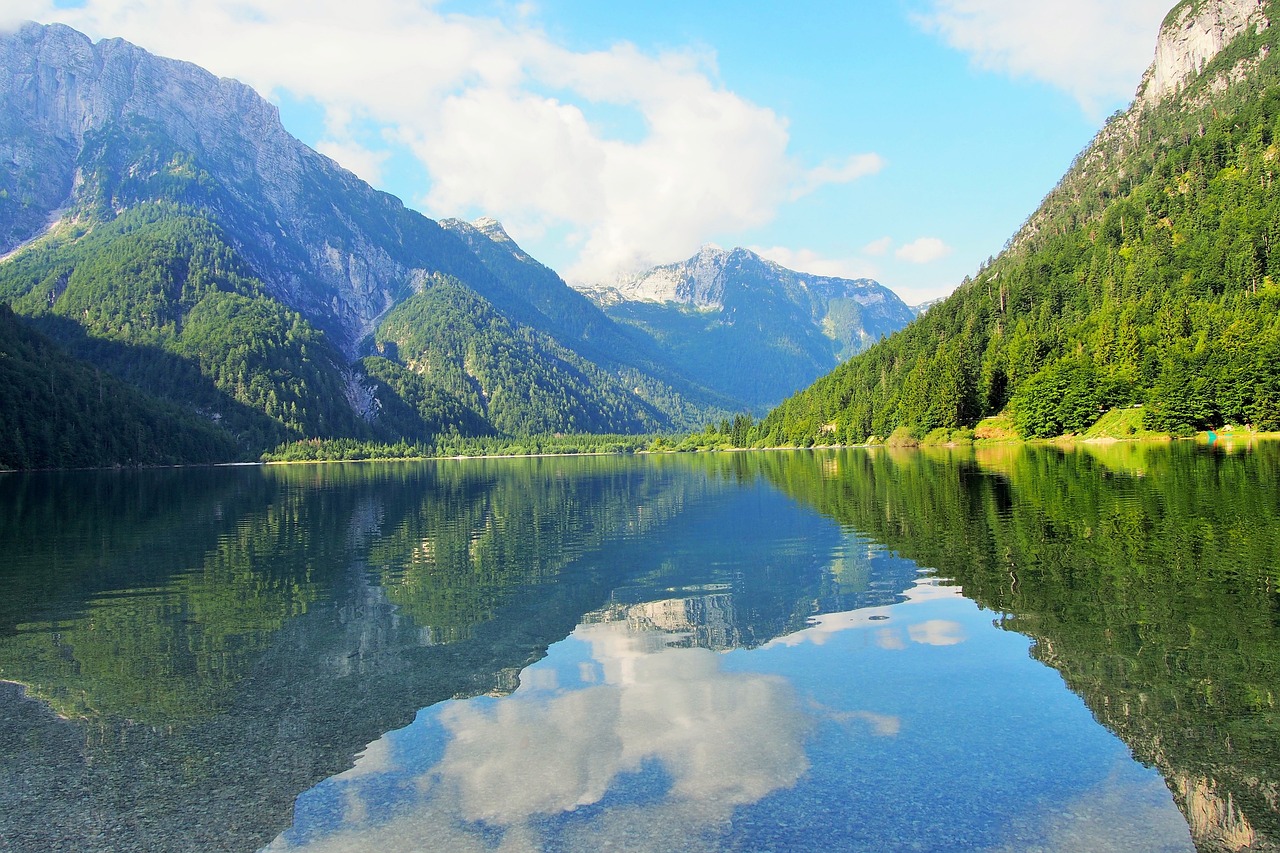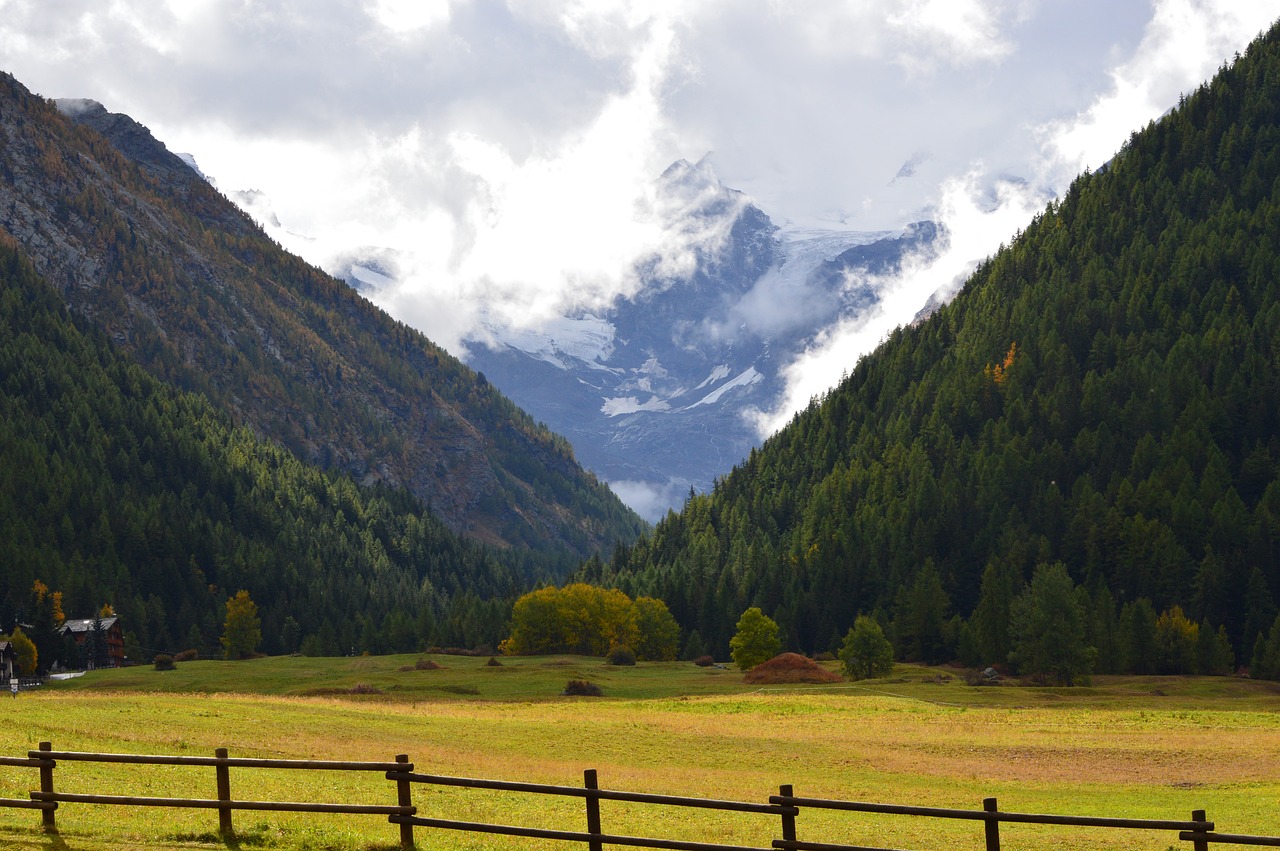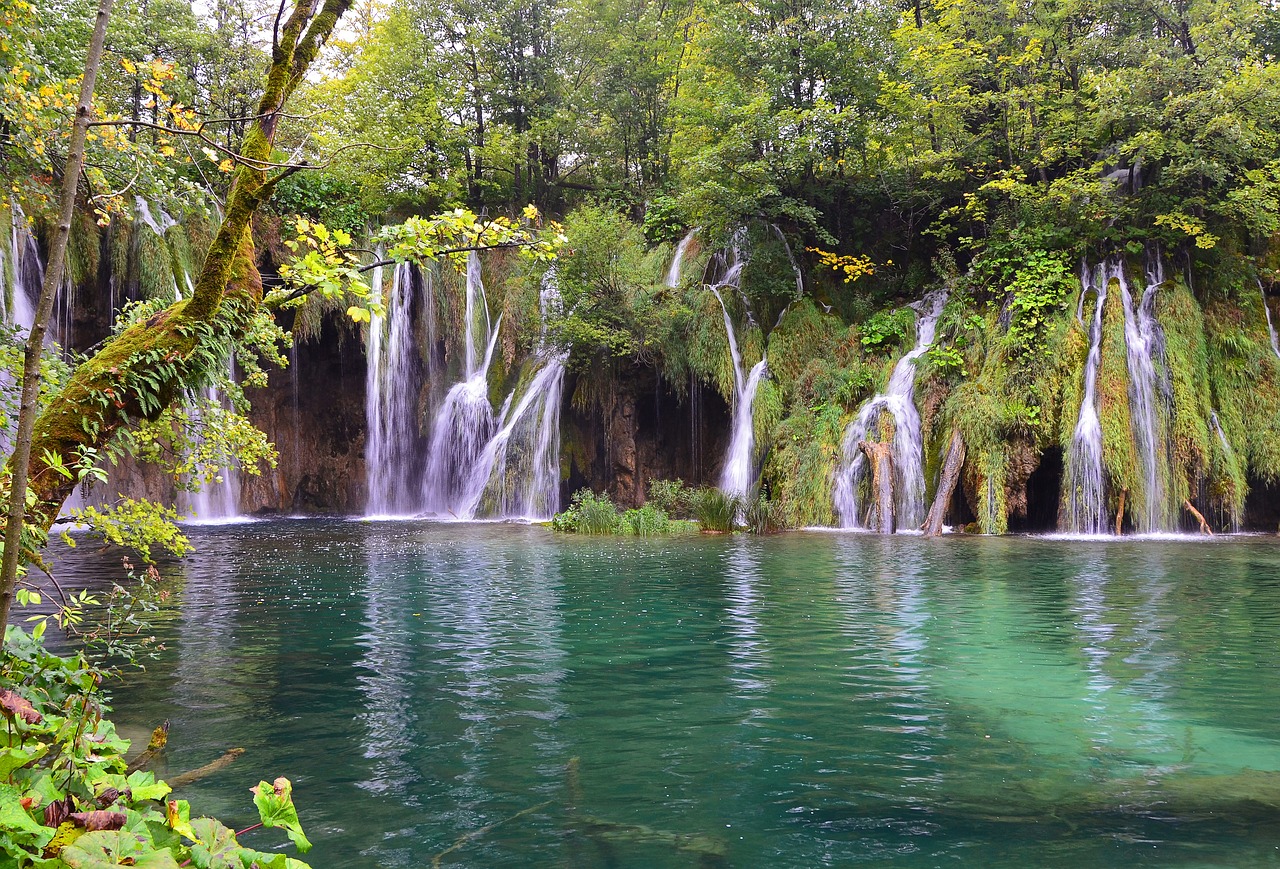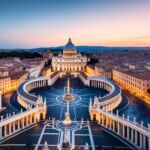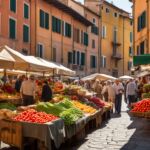Ever wondered what secrets Florence holds beyond its famous streets and skyline? The Duomo gets a lot of attention, but there’s so much more to see. As your guide, we’ll take you on a journey to find Florence’s hidden gems. You’ll see everything from peaceful gardens to historic pharmacies.
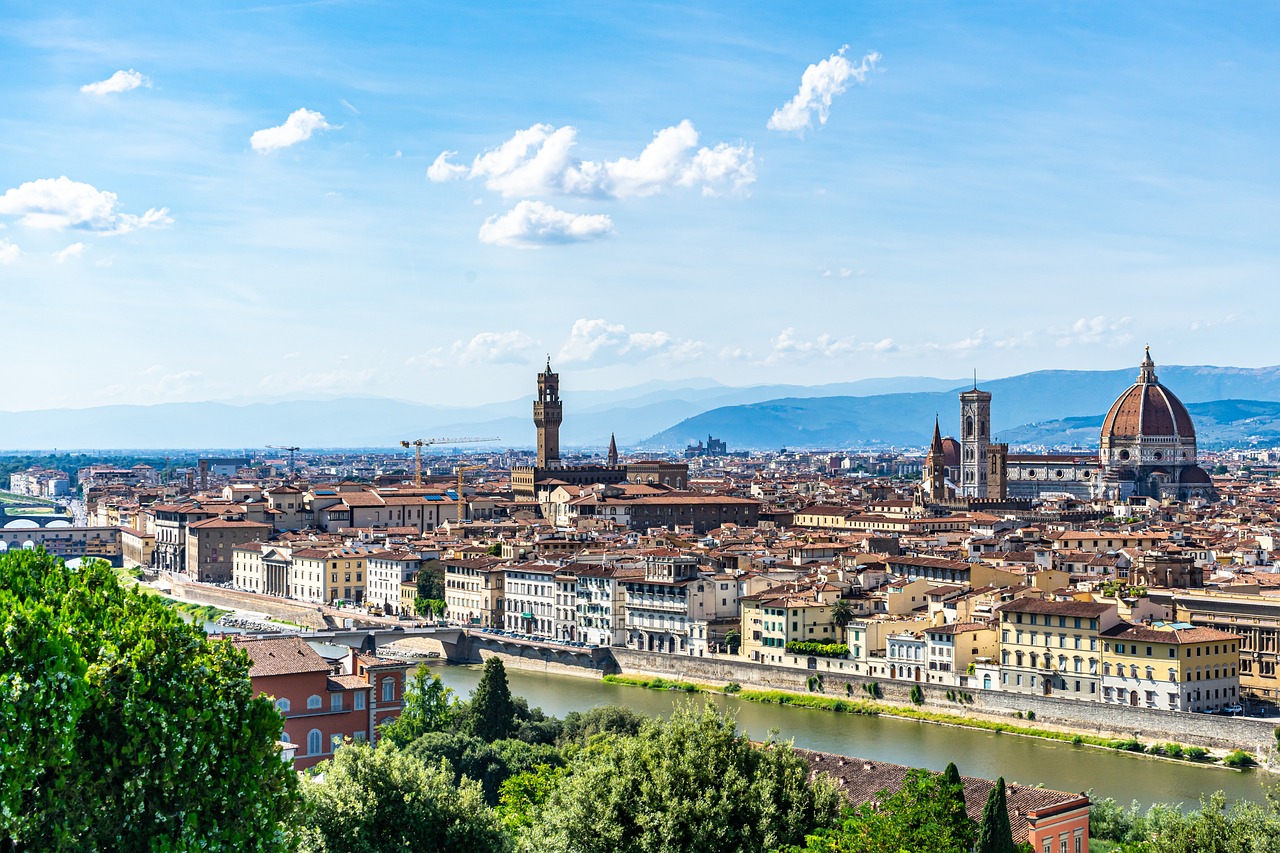
Imagine visiting San Miniato al Monte for breathtaking views and beautiful frescoes without paying a thing. Or, head to Piazza della Passera for delicious organic gelato for just €2. It’s a taste of everyday life in Florence.
The city also has a rich history, like the Ospedale degli Innocenti museum. For only €7, you can explore stories of the Renaissance era. Florence is full of authentic culture, craftsmanship, and history. Each visit here lets you add your own chapter to the city’s story.
Let’s explore Florence’s hidden spots together. They’ll change how you see this city of endless surprises.
Piazza della Passera: A Local’s Hangout
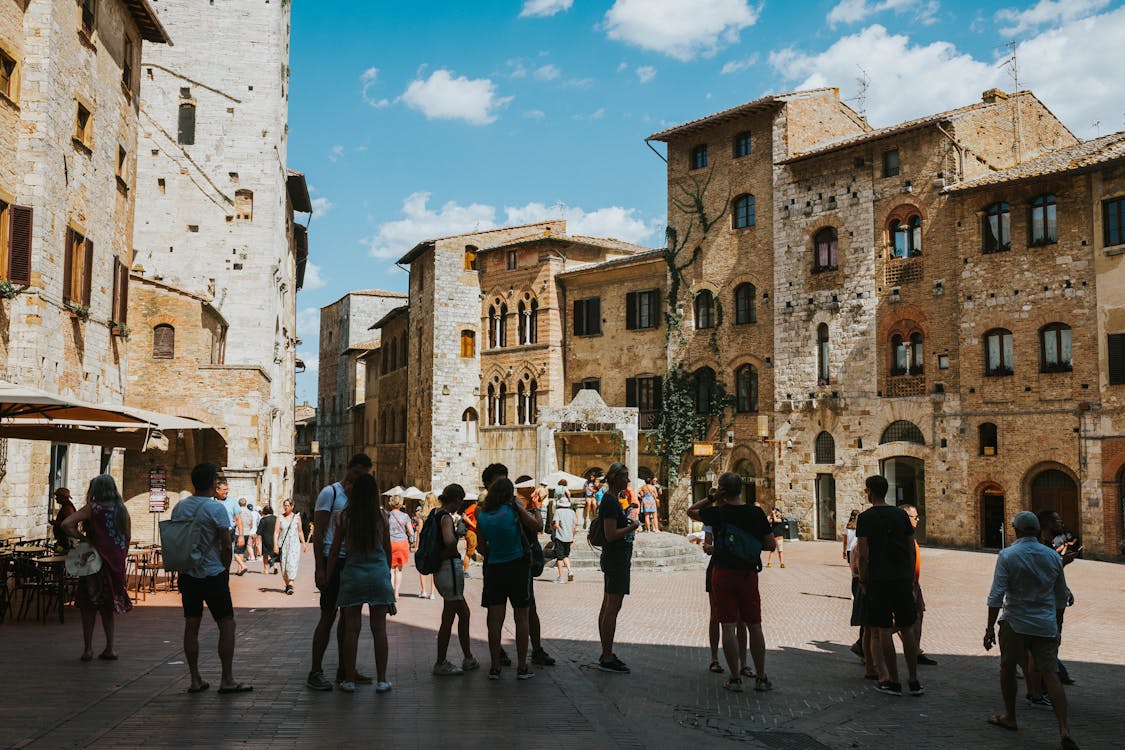
In the heart of Florence, Piazza della Passera is a hidden gem. It’s in the Oltrarno district, away from the crowded spots. Here, locals and travelers find a true taste of
The square is known for “4 Leoni”, a famous trattoria. It’s more than a place to eat; it’s a cultural spot. The menu highlights Tuscan flavors, making it a top choice for experiencing local dining.
Walking through, you’ll hear locals chatting and smell food from nearby kitchens. The historic buildings add to the charm. It’s a peek into everyday life in Florence, away from the tourist crowds.
For those looking to explore more, checking out small museums in Florence is a great idea. These museums offer unique experiences. They have art, history, and culture, often missed by the usual visitors.
Piazza della Passera is special because it shows the real Florence, not just the tourist side. It’s a place for those wanting a genuine Florentine experience.
Hidden Florence Attractions: The Bargello Museum’s Tranquility
The Bargello Museum is a peaceful spot in the busy city of Florence. It’s famous for its Renaissance sculptures. The museum is quiet, unlike the crowded places in Florence. Here, you can enjoy Michelangelo and Donatello’s art in peace.
The Bargello is not just for art lovers. It also shows off Florence’s artisan history. The museum was once a palace and prison, showing off Florence’s craftsmanship. The quiet courtyard lets you think about the city’s busy past.
Not only a repository of fine art, but the Bargello also serves as a silent witness to the evolution of Florence from a Medieval powerhouse to a Renaissance icon.
The Bargello Museum is different from the crowded places in Florence. It gives you a close look at Florence’s quieter side. It’s perfect for those who want to really connect with the city.
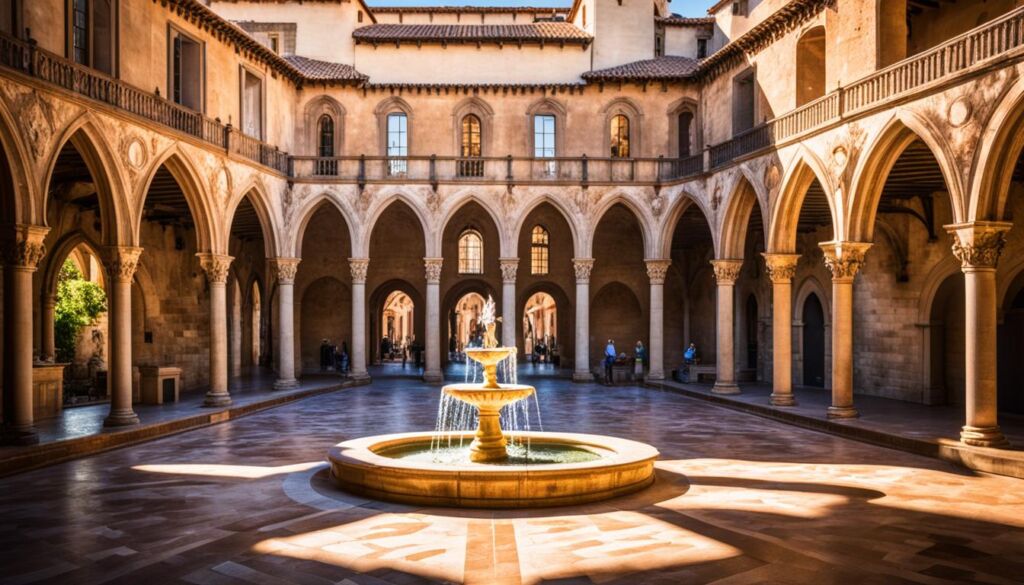
While Florence has big museums, the Bargello stands out. It’s known for its famous art but keeps a low profile. It’s great for those who want to see Florence’s hidden side.
San Miniato al Monte: A Glimpse of Heaven

The Basilica of San Miniato al Monte sits high in Florence, offering more than city views. It’s a top example of Romanesque architecture in Tuscany. Those exploring Florence’s secrets will find spiritual and artistic treasures here. The church boasts stunning frescoes and mosaics from the 11th century. The golden mosaics on its front glow at sunset, making the church look like a piece of heaven.
Close by, you can visit Florence artisan workshops in the alleys. These places show how traditional crafts are still alive today. They are a peek into Florence’s rich cultural world. For those interested in history and modern crafts, these workshops are a must-see.
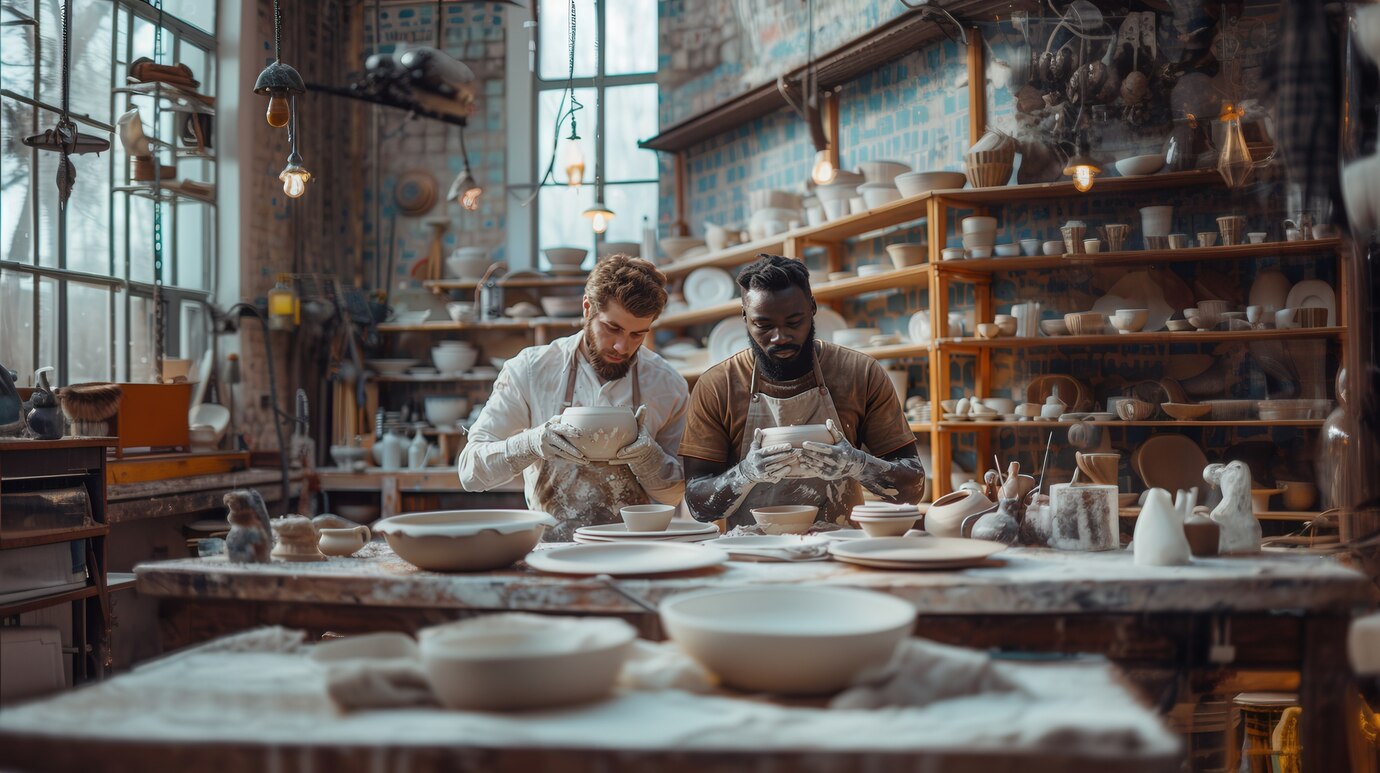
Seeing the beauty of places like San Miniato al Monte is unforgettable. It’s known as ‘the gate of heaven’ and is both a sight to behold and a spiritual place. It shows the beauty humans can create with faith and devotion.
San Miniato al Monte is a key spot for anyone exploring Florence’s secrets. It’s a blend of spiritual and artistic beauty. It’s not just a visit but a journey to the heart of Tuscan art and faith, set against the stunning city view.
Tradition and Taste at Trattoria Coco Lezzone
For those seeking authentic traditional eating in Florence, Trattoria Coco Lezzone is a must-visit. Located at Via del Parioncino 26r, it’s a place where you can taste true Tuscan flavors. The restaurant’s cozy setting, with its communal tables, feels like a traditional Florentine home. It even has original tiles from when it first opened.
The menu at Trattoria Coco Lezzone is loved by locals and famous guests like Prince Charles and Luciano Pavarotti. It tells the story of Florence’s culinary traditions through dishes like chicken liver crostini and zuppa di lampredotto. For 28 Euros, you get a 3-course meal with wine and water, making it feel like a family dinner.
Gianfranco, who has run the restaurant for nearly 50 years, shows his dedication in every detail. He picks the freshest produce for the menu and even takes orders for the famous bistecca alla Fiorentina a day in advance. Coco Lezzone is more than just a place to eat. It’s where people come together to enjoy simple, delicious meals with loved ones.




